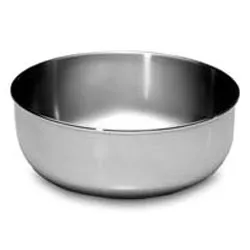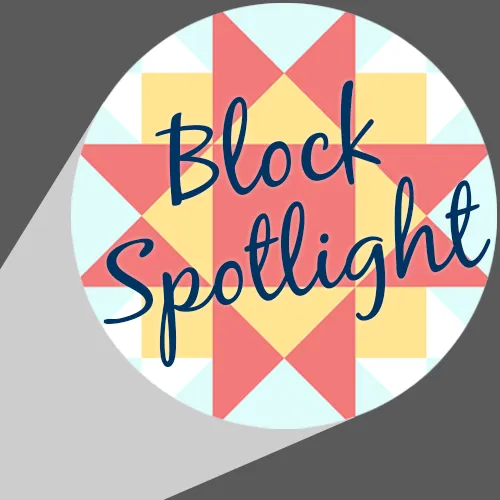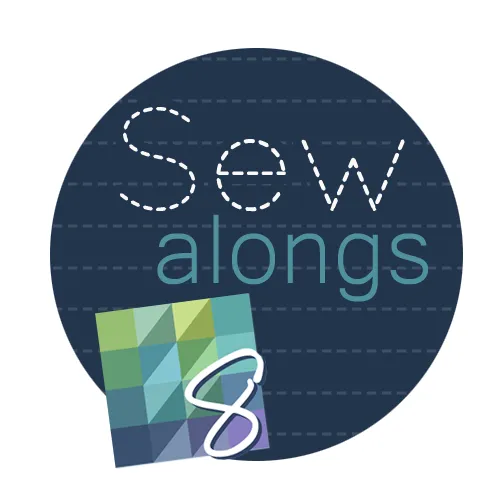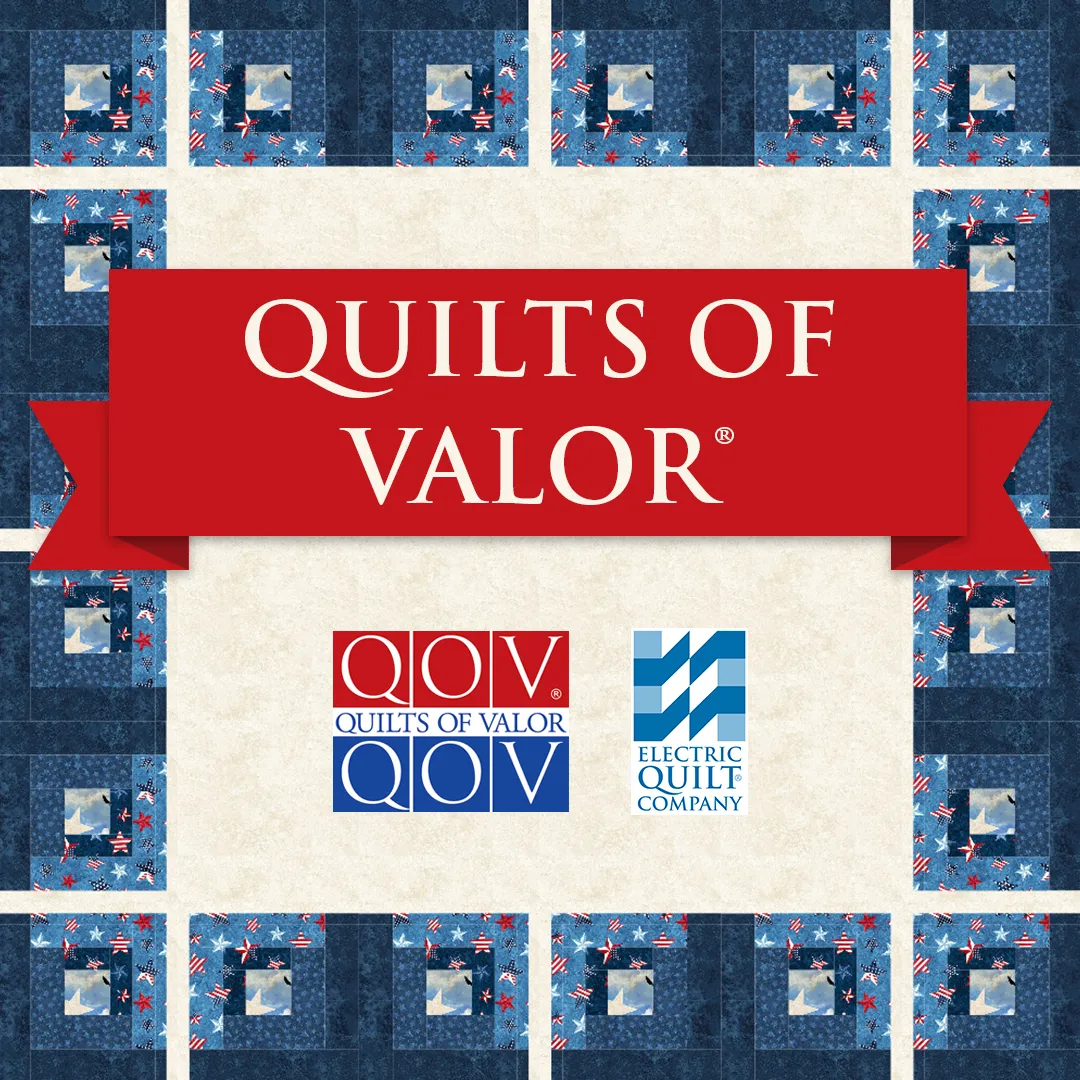 THE OBSERVATION
THE OBSERVATION
Jean Biddick wrote us this week with an observation about soaking her printable fabric sheets. She writes:
“This week I’ve been working on a major project and had several sheets to rinse. They came out great. Then I trimmed one of the images without adding a seam allowance and had to print that sheet over again. This time the edges (ink) ran. And this time, because I had just done several other sheets with good results, I was able to figure out what I had done differently. The good ones were done in a large glass baking pan. The bad one was done in the kitchen sink – a stainless steel sink. My guess is that something in the metal sink is reacting with the chemicals in the ink.”
WHAT WE LEARNED
This got our wheels turning. Why would the stainless steel cause the ink to bleed? After some research it appears we know why. Stainless steel can be either reactive or nonreactive based on its composition (if you’re a chef you know where I’m going with this). So if you place certain reactive items into a reactive stainless steel bowl you will notice chemical changes to the item - if you’re cooking an acidic tomato in a reactive pot, for example, the tomato’s flavor will be altered.
So we investigated the chemical composition of inkjet inks, both pigment based and dye based inks. Pigment based inks have a reactive component and dye based inks do not.
SO THE VERDICT IS
If you print with pigment based inks onto your printable inkjet fabric sheet and then soak the fabric in a reactive stainless steel container the ink may have a reaction and bleed slightly.
WE SUGGEST
Just soak your fabrics in a glass or plastic container. Nobody wants to go through all the trouble of figuring out if their bowl is reactive or not or what ink they use in their printer.
So there’s your science lesson for the day! Just Thanks for the heads up Jean!







